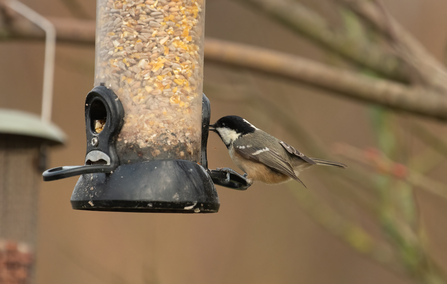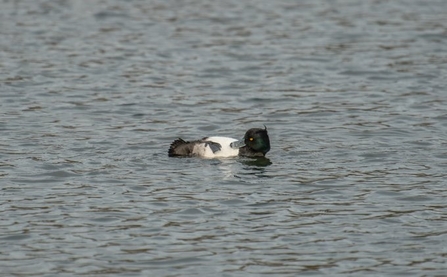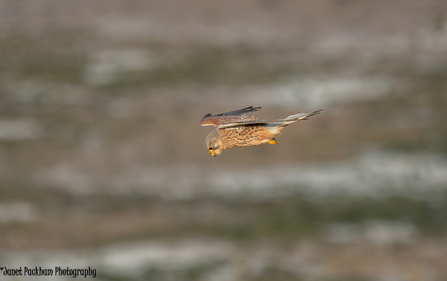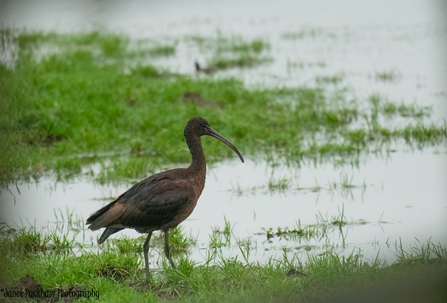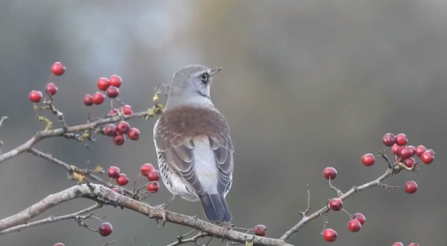Although nature feels very still throughout December, we’ve still had sightings of lovely resident birds as well as some wintering visitors. Redwing and fieldfare are both classic signs of the festive period, hopping around eating as many berries as they can manage – a very Christmas postcard-worthy sight!
Here are some of the top sightings on our reserves throughout December.
Middleton Nature Reserve
Coal tit
Coal tits are smaller than great tits but have a similar bicycle pump-like song. They can be seen all year long, and this time of year they form flocks with other tits, roaming woodlands and gardens together in search of food and to avoid predators.
Coal tits are known for their energetic behaviour – they are active feeders and hunt out insects and spiders, but they are also well-adapted to gardens and towns and frequent visit bird tables and feeders, such as the one in this photo.


